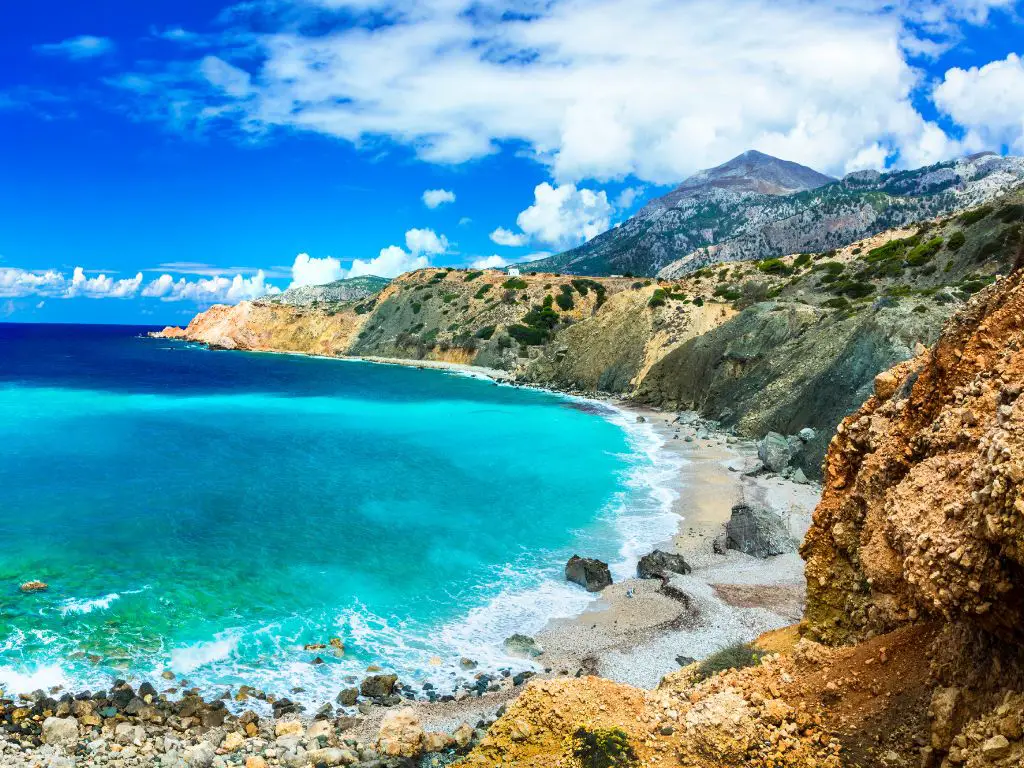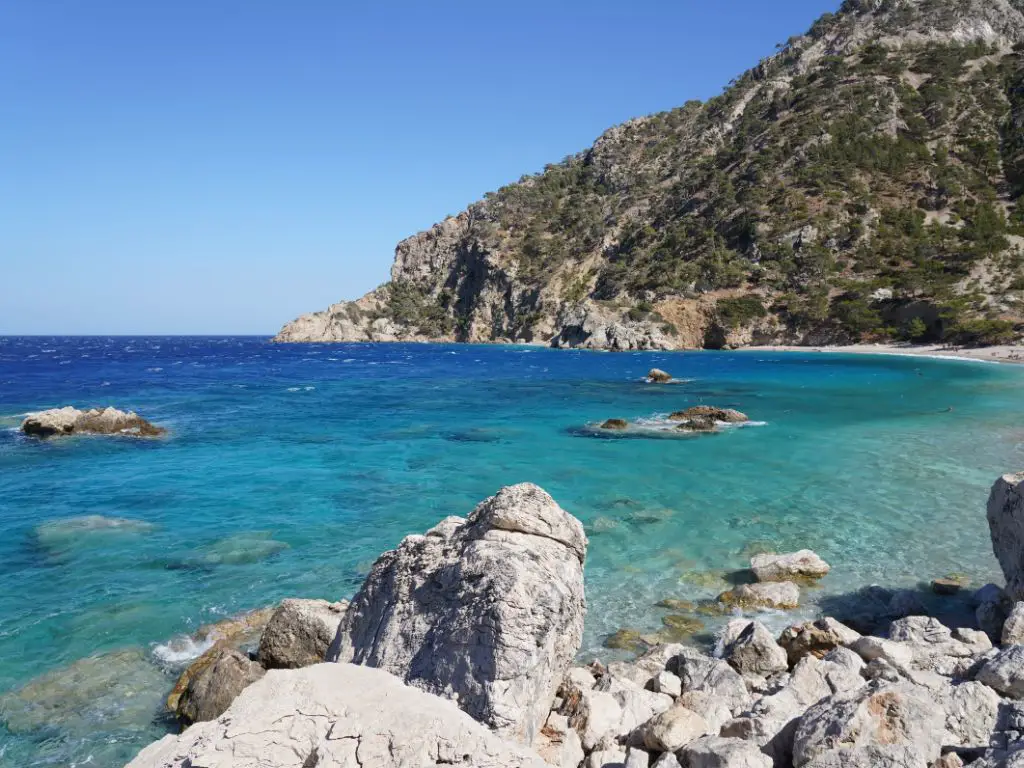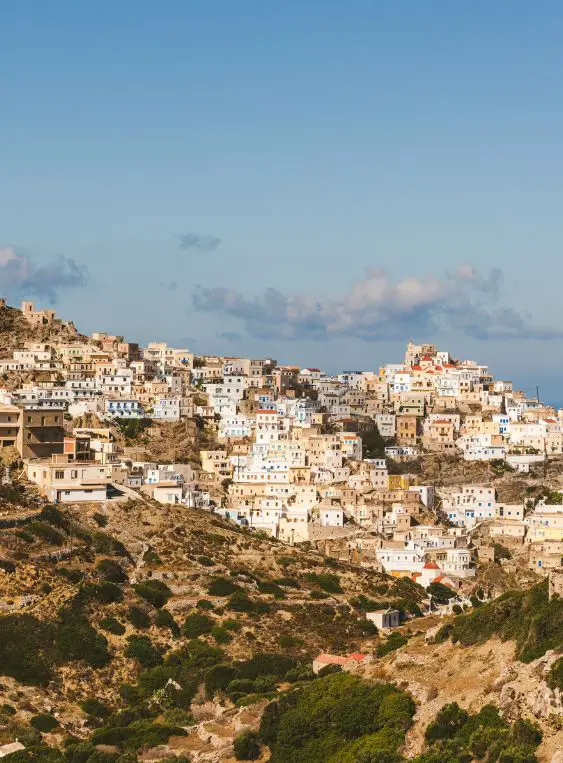Karpathos

Located in the middle of the Karpathian Sea between Rhodes and Crete, Karpathos is the second largest of the twelve islands of ‘the Dodecanese’ with a population of seven thousand people.
Tristomo
The remnants of the Italian regime can still be seen on Karpathos in the village of ‘Tristomo’.
One example is the ruins of what was once the seat of the Italian army and fleet, an important military base with a dockyard and dormitories. They are now abandoned and used as shelters in the summer by friendly local herders.


Saria Island
Tristomo is not the only time capsule in Karpathos. At a stone’s throw from the island is another tiny piece of land with its own stories to tell, Saria. Here one can experience the true layering of history with ruins from different eras each narrating their unique tale. The ruins of Ancient Nisiros, a powerful island city and a member of Pericles’s “Athenian Coalition”, can be found here next to Roman and Byzantine Palaces and Baths.
What is more striking is that on Saria one can find a well-preserved settlement of Saracen Pirates who settled here in the 7th Century AD recognizing the strategic position of the island. The archaeological site is open to the public at all times but accessible only by boat.

The capital
The capital, known as Karpathos or Pigadia, is a classic example of the architecture in Greek islands. Cozy houses gathered in a picturesque white cluster with splashes of pink and green gardens. Twenty more tiny villages can be found scattered around Karpathos without counting the capital. They are all charming in their beauty, simplicity, and hospitality.
Olympos
Perhaps the biggest surprise in Karpathos is the traditional community of Olympos.
To reach the village you have to take a winding road. The landscape’s beauty and Apella Beach’s view from above more than makeup for any inconvenience. If it weren’t for the traditional architecture and view of the sea below, you would probably forget you are on an island.
You can explore its winding stone paths; visit little shops that sell handmade traditional arts, crafts, jewelry and clothing; meet the friendly locals who run them; speak to the old women crocheting in the street, picturesque in their traditional dress and kerchief; listen to their stories and taste delicacies like ‘makarounes’ (handmade fresh pasta) and ‘kouloures’ (traditional coil-shaped biscuit bread).



What to expect
Karpathos lacks the infrastructure to receive massive waves of tourists.
Perhaps that is best as this might irreparably alter the traditional character of the area or damage its natural beauty.
It is a great destination though for those visitors who have intellectual, historical, cultural and environmental interests.
Contrary to other islands, Karpathos has a well-developed network of hiking paths through which you can immerse yourself in its natural beauties. One of the many things that stand out in Karpathos is the many old stone paths ‘kalderimia’ that despite the many years of existence, survive to this day with their original character.

